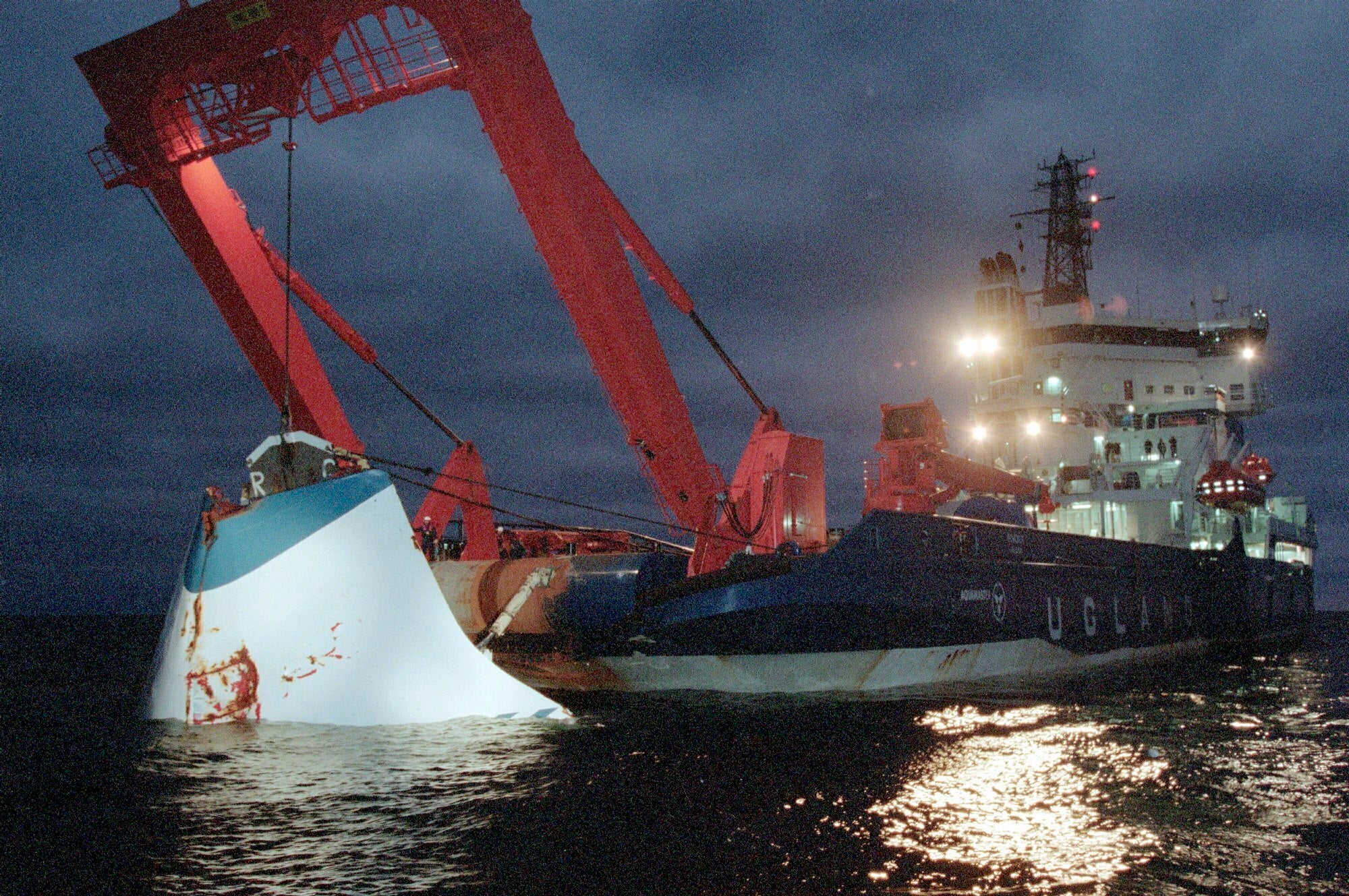3 countries to assess new info about 1994 ferry sinking
Sweden, Finland and Estonia will jointly assess what they called “new significant information” in connection the sinking of a ferry in the Baltic Sea in 1994 with the loss of 852 lives

Your support helps us to tell the story
From reproductive rights to climate change to Big Tech, The Independent is on the ground when the story is developing. Whether it's investigating the financials of Elon Musk's pro-Trump PAC or producing our latest documentary, 'The A Word', which shines a light on the American women fighting for reproductive rights, we know how important it is to parse out the facts from the messaging.
At such a critical moment in US history, we need reporters on the ground. Your donation allows us to keep sending journalists to speak to both sides of the story.
The Independent is trusted by Americans across the entire political spectrum. And unlike many other quality news outlets, we choose not to lock Americans out of our reporting and analysis with paywalls. We believe quality journalism should be available to everyone, paid for by those who can afford it.
Your support makes all the difference.The governments of Sweden, Finland and Estonia said Monday they will jointly assess what that they called “new significant information” in connection with one of Europe’s deadliest peacetime maritime disasters, the sinking of a ferry in the Baltic Sea in 1994 that killed 852 people.
A television documentary aired to coincide with the 26th anniversary of the sinking of the M/S Estonia includes video images from the wreck site showing a hole in the hull measuring 4 meters (13 feet) on the starboard side.
However, the three countries said that they “rely on final conclusions” of a 1997 report that concluded that the ferry sank after the bow door locks failed in a storm. It flatly rejected the theory of a hole, which has long been the focus of speculation about a possible explosion on board.
“It cannot be ruled out that the damage was important for the sinking process,” Joergen Amdahl, professor of marine technology in Trondheim, said in the five-episode documentary to be aired Monday.
Ann Linde, Pekka Haavisto and Urmas Reinsalu — the foreign ministers of Sweden, Finland and Estonia — said in a joint statement that they ”have agreed that verification of the new information presented in the documentary will be made in accordance and full respect” of a 1995 agreement to protect the wreck as a final place of rest for victims of the disaster.
Some 758 bodies remain entombed on the car ferry, which rests on the seabed 80 meters (265 feet) below the surface. The wreck is considered a graveyard, which gives the area protection under the law, and the agreement criminalized activities that would disturb it. However, Finnish and Swedish coast guards cannot stop any diving endeavor because the wreck lies in international waters.
Last year, the production team behind the documentary sent an underwater robot to film the wreck. Jessica Linnman, head of communications for Discovery Sweden, said "the film crew found that it was journalistically justified to dive to the wreck using a robot.”
“The case is of great public interest and this was the only way for the production to determine if the official statement available today is credible, or if there are circumstances that have not been revealed to the public,” she said.